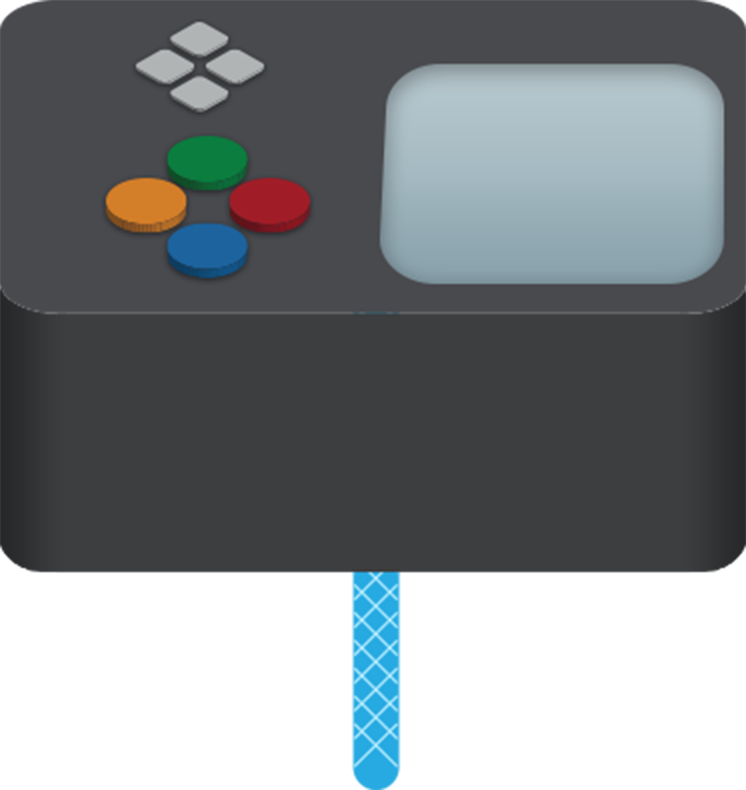Introduction


All features reflect and absorb light differently according to their specific biophysical properties.

















The distance of the spectrometer from the target is critical in determining what the optics can ‘see’.








While every spectrometer is different, all share some common features.


What are the key components of a spectrometer and how are they used?
Display screen – Many spectrometers have a small screen that allows you to preview each spectrum as it is acquired.
Control buttons – These allow the user to perform calibration operations, change settings, and ultimately to save spectra.
Calibration panel – This is designed to be a standard material that reflects a known amount of light equally across all wavelengths regardless of viewing angle. It is used to account for the amount of incoming light. This is necessary in calculating reflectance values from the recorded radiance. Alternatively, it is possible to use an additional sensor to provide this calibration.
Fibre optic cable – This attachment to the spectrometer allows the user to easily point at their target. Light is then passed through the cable into the spectrometer itself. It is possible to fit lenses to the cable to alter the sensor field of view.
How does the viewing distance of the spectrometer from the target affect the data retrieved?
As the distance from the target increases, so does the amount of area from which the spectrometer is collecting data. For example, a spectrometer could be used to look at a leaf, branch, or entire tree simply by increasing the viewing distance.
However, at each scale, the spectrometer will only record an aggregate of the amount of light within its field of view. Therefore, with an increase in viewing distance, individual spectra will represent an increasing complexity or mixture of features.
How do the spectral reflectance characteristics differ between some common landscape features?
Spectral reflectance profiles of individual features are controlled by their specific biophysical and chemical properties. It is also important to remember that colours we perceive in the environment occur not only due to the wavelengths of light that they reflect, but also those that they absorb.
Using vegetation as an example, stereotypically we perceive trees to be green because they reflect green light, but also because they absorb red and blue. This absorption and reflection is controlled by the presence of chlorophyll, which is used for photosynthesis.
Reflectance in the near infrared and mid infrared portions of the spectrum may be attributed to biomass, cellular structure, and water content.